NEWS
18 Ways to Detect Water Damage in Your House
Published
3 months agoon

Shutterstock
Water damage is a silent intruder that can wreak havoc on your home, often before you even realize it’s there. From discolored walls and peeling paint to mysterious musty odors, the warning signs can be subtle yet serious. Ignoring these indicators can lead to costly repairs, mold infestations, and even structural issues that compromise your home’s safety.
Whether caused by a hidden plumbing leak, a leaky roof, or poor drainage, catching the damage early can save you from a mountain of trouble. Here are some key signs to watch for to protect your home and your wallet from the devastating effects of water damage.
Discoloration on Walls and Ceilings
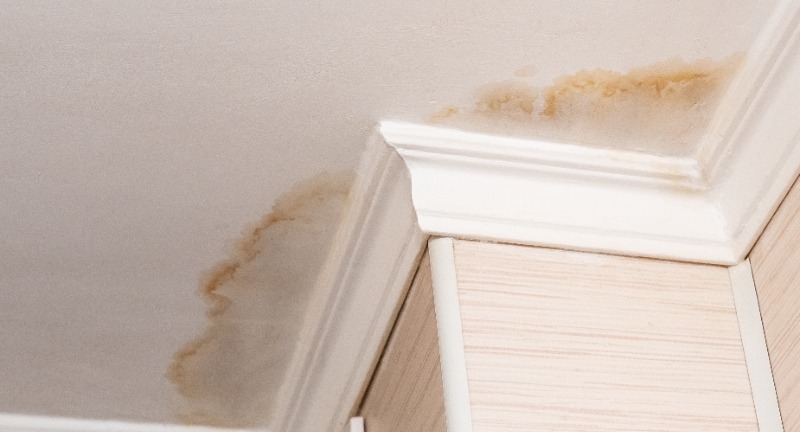
Shutterstock
Stains or patches that appear darker, yellowish, or brown on walls or ceilings are a common sign of water damage. This discoloration often results from water seeping through the drywall from a leak above. While small patches might seem insignificant, they could point to a larger issue lurking out of sight. Ignoring these signs can lead to weakened structures and costly repairs.
Peeling or Bubbling Paint
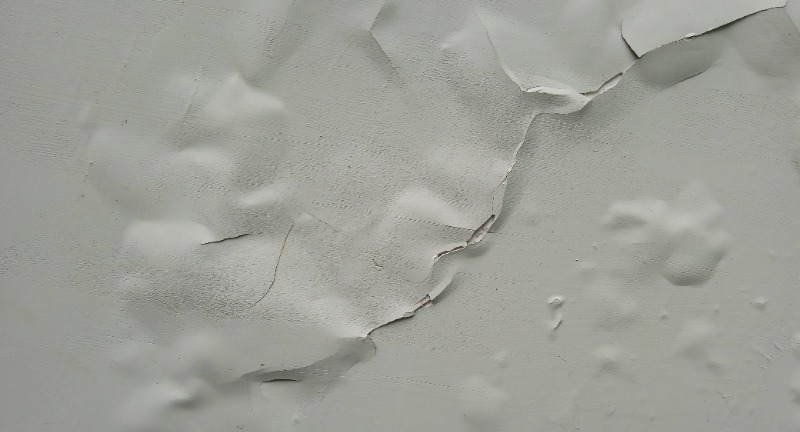
Shutterstock
If the paint on your walls or ceiling begins to bubble, peel, or flake, it might be due to moisture trapped beneath the surface. This moisture breaks the bond between the paint and the wall, creating an unsightly and uneven appearance. Often, this is an early warning sign of a hidden leak. Quick intervention can prevent further damage and preserve the aesthetics of your home.
Musty Odors

Shutterstock
A persistent musty or damp smell in your home often signals water damage. This odor is typically caused by mold and mildew thriving in moist environments. Even if you can’t see visible water damage, the smell might indicate hidden trouble spots behind walls or under floors. Addressing the source of moisture is crucial to eliminate both the smell and potential health risks.
Warped or Buckling Floors
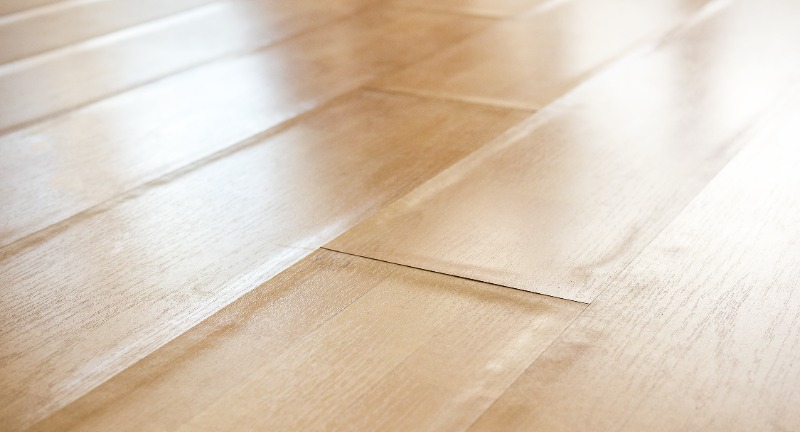
Shutterstock
Wooden, laminate, or even tiled floors that start to warp, buckle, or lift could be absorbing water from underneath. This often occurs due to leaks from appliances, plumbing, or an unsealed foundation. Warped flooring is not just a cosmetic issue; it compromises the structure and safety of your floors. Identifying and fixing the leak is necessary to stop further deterioration.
Sagging Ceilings
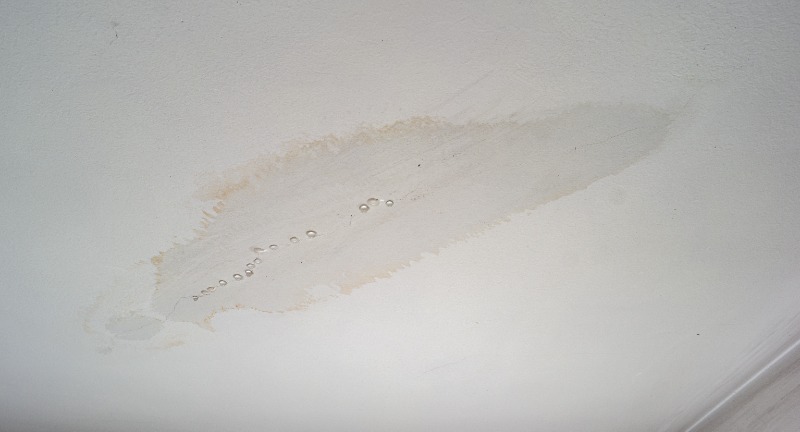
Shutterstock
A ceiling that appears droopy or feels soft to the touch could indicate accumulated water. This is a serious sign of water damage that may result from a leaking roof, burst pipe, or overflowing attic insulation. A sagging ceiling poses a safety risk as it could collapse unexpectedly. Immediate attention is required to mitigate damage and ensure safety.
Mold Growth
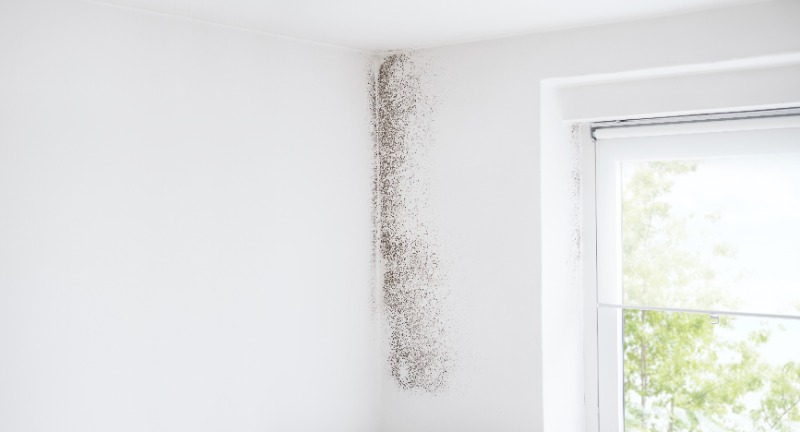
Shutterstock
Visible mold spots on walls, ceilings, or around windows indicate a high moisture problem. Mold thrives in damp environments and spreads quickly if left unchecked. Not only does mold damage your home, but it can also lead to respiratory issues and allergies. Proper removal and addressing the moisture source are essential steps.
Dripping Sounds Without a Source
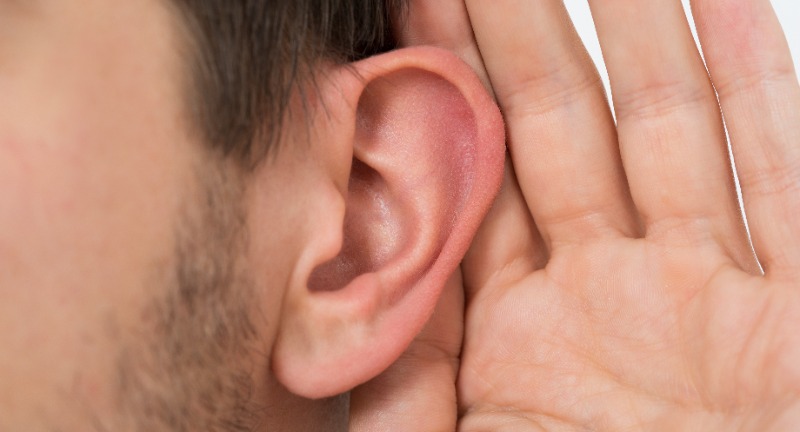
Shutterstock
Hearing a consistent drip but not finding visible water can be frustrating and indicative of hidden leaks. These leaks might be inside walls, beneath floors, or in crawl spaces. Over time, unnoticed leaks can lead to extensive water damage and mold growth. Inspecting these areas thoroughly can help locate and resolve the issue.
Unexplained Increase in Water Bills

Shutterstock
If your water bill suddenly spikes without any change in your usage, a hidden leak could be the culprit. Undetected leaks waste water and can cause long-term damage to your home’s foundation and structure. Monitoring your water meter can help you pinpoint unusual activity. Acting quickly will save both water and repair costs.
Cracks in Walls or Foundation
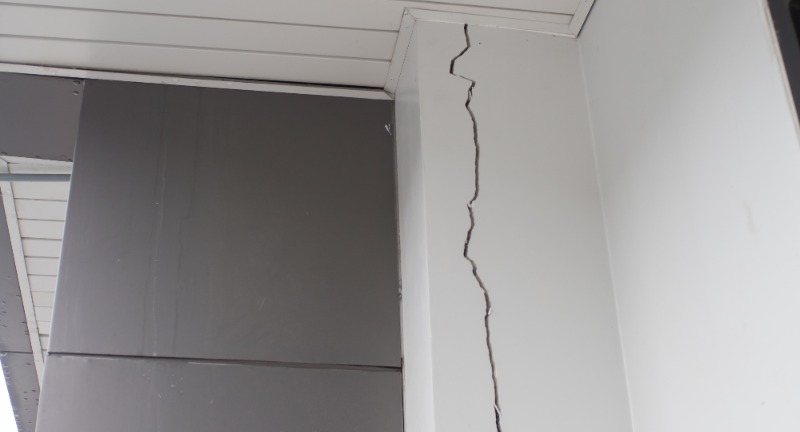
Shutterstock
Cracks that appear on walls, floors, or foundations may not just be due to settling; they could indicate water damage. Water seepage can erode materials and widen these cracks over time. Left untreated, this can lead to structural instability. Sealing the cracks and addressing any water sources is critical for long-term stability.
Rusty Metal Fixtures
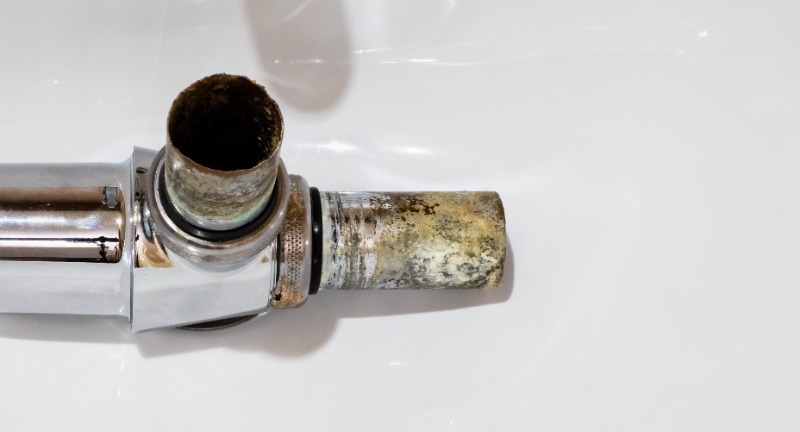
Shutterstock
Rust on plumbing pipes, HVAC units, or metal fixtures around the home suggests prolonged water exposure. Over time, constant moisture accelerates corrosion, leading to weakened and potentially unsafe components. Replacing rusted fixtures and addressing the water source is vital to prevent further deterioration.
Stains Around Windows
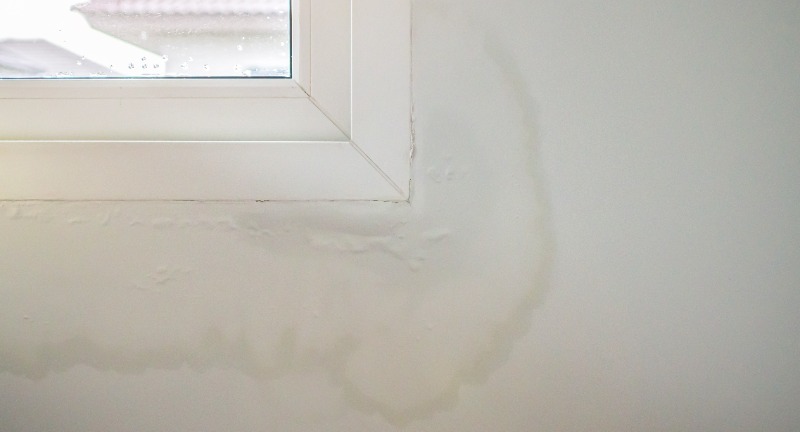
Shutterstock
Dark or discolored stains on window sills or frames can point to leaks from outside. These stains are often caused by rainwater seeping in due to improper sealing or cracks in the frame. Ignoring these leaks can cause rot, mold, and increased energy bills. Re-caulking or resealing your windows can prevent future issues.
Erosion Around the Foundation
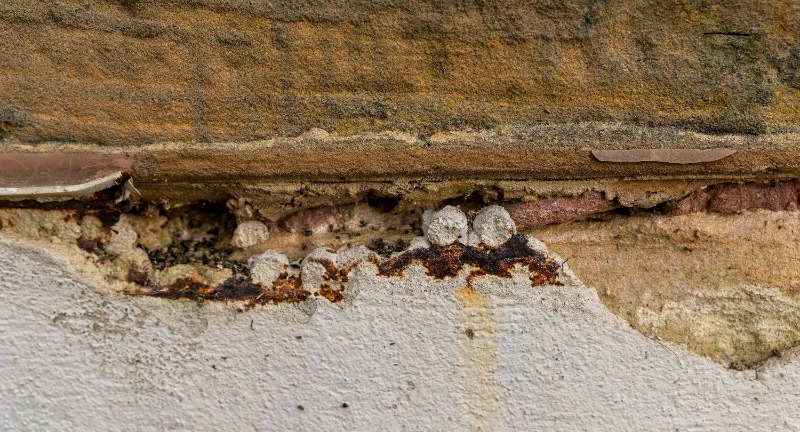
Shutterstock
Soil erosion around the foundation of your home can indicate improper drainage or water pooling. Over time, this can weaken the foundation, causing cracks and structural instability. A proper drainage system and regular inspections can protect your home from severe water damage. Taking action early can save you from expensive repairs.
Persistent Condensation
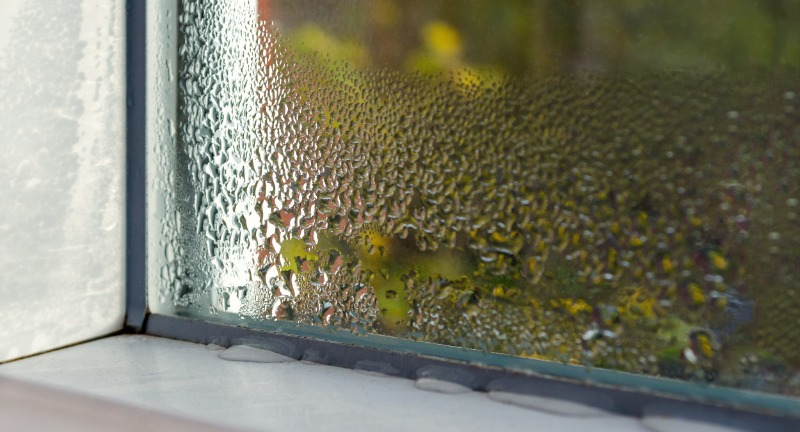
Shutterstock
Excessive condensation on windows, pipes, or walls often signals high indoor humidity levels. This moisture can lead to mold growth and damage to surfaces over time. Installing a dehumidifier and improving ventilation can help reduce condensation. Addressing the underlying cause will also improve air quality in your home.
Wet Insulation
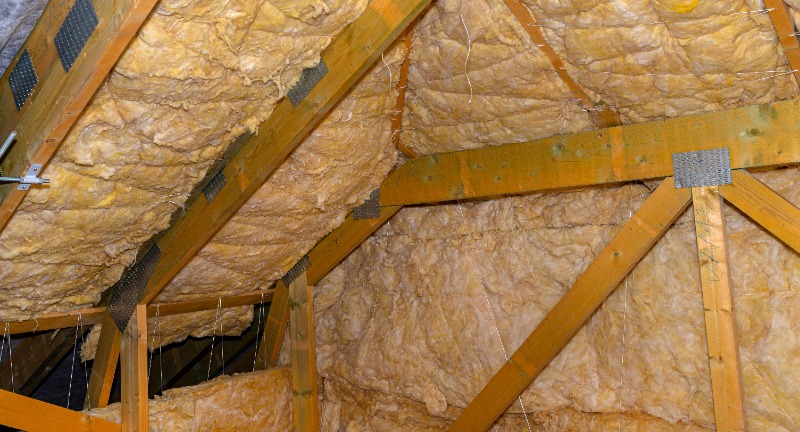
Shutterstock
Insulation that feels damp or looks matted is a clear sign of water intrusion. Wet insulation loses its effectiveness and can harbor mold, reducing your home’s energy efficiency. Checking attics and walls for water damage can help you identify problem areas. Replacing the damaged insulation is necessary to restore your home’s comfort.
Water Pooling Around Appliances
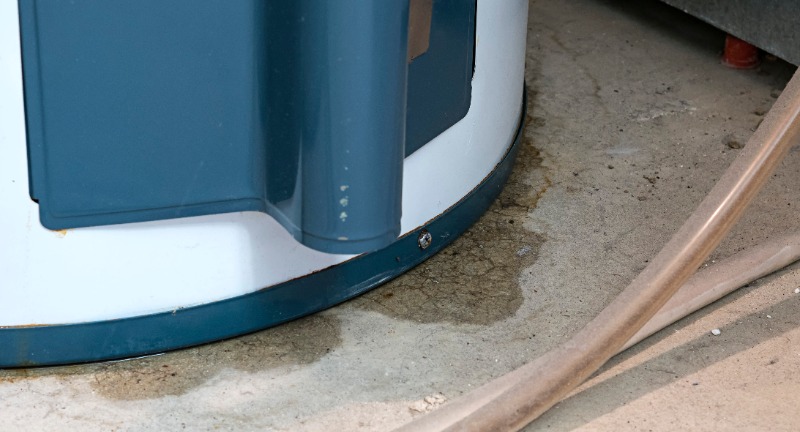
Shutterstock
If you notice puddles forming near appliances like your washing machine, dishwasher, or refrigerator, it could indicate a leak. These leaks often stem from faulty connections or worn-out seals. Addressing these issues promptly can prevent water damage to surrounding cabinets and flooring. Regular maintenance helps avoid recurring problems.
Rotting Wood
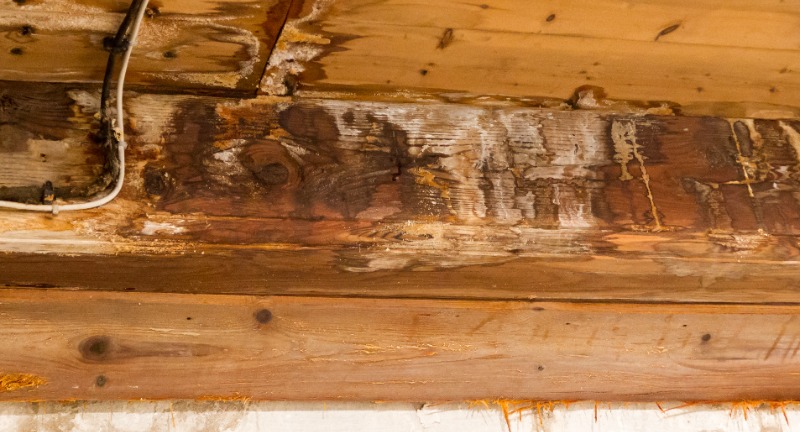
Shutterstock
Wood that feels soft, crumbly, or looks discolored may be rotting due to moisture exposure. This can affect structural beams, window frames, or furniture and lead to significant damage. Repairing or replacing rotting wood and eliminating the water source are essential steps to prevent further decay.
Dripping Gutters or Downspouts
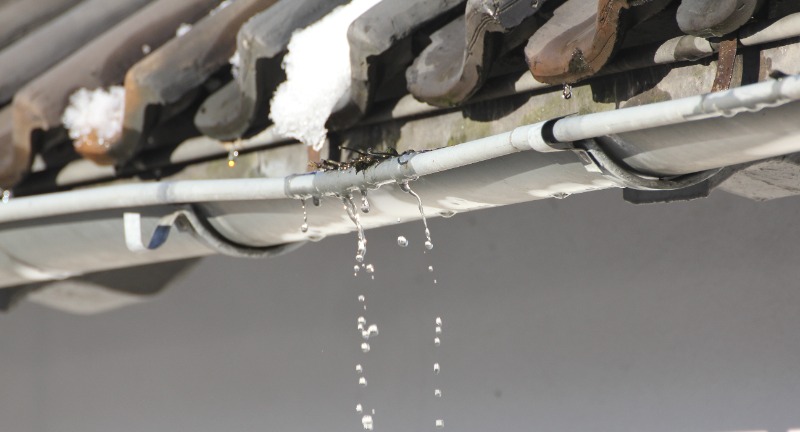
Shutterstock
Clogged or improperly angled gutters and downspouts can lead to water pooling around your home’s foundation. This can result in soil erosion, basement flooding, or foundation cracks. Cleaning and adjusting your gutters regularly can prevent these issues. Proper drainage is essential for protecting your home’s structural integrity.
Efflorescence on Brick or Concrete
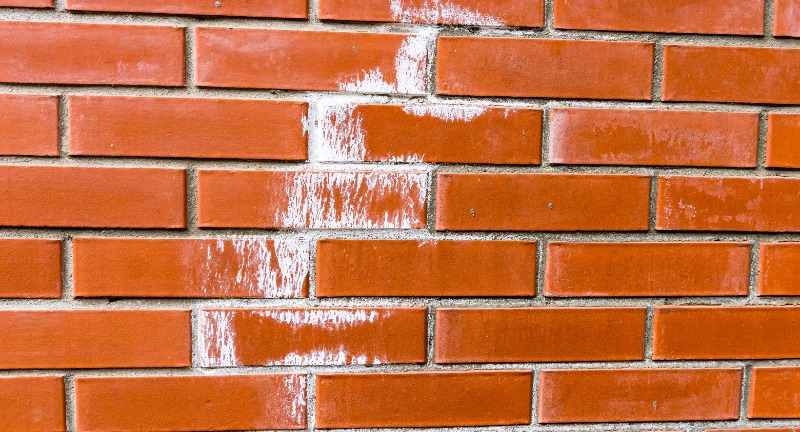
Shutterstock
White, powdery residue on brick walls or concrete surfaces is a sign of water absorption and evaporation. This process indicates moisture is present, often from improper drainage or leaks. While efflorescence itself isn’t harmful, it signals that water is seeping into porous materials. Addressing the moisture source will eliminate the problem.
Conclusion
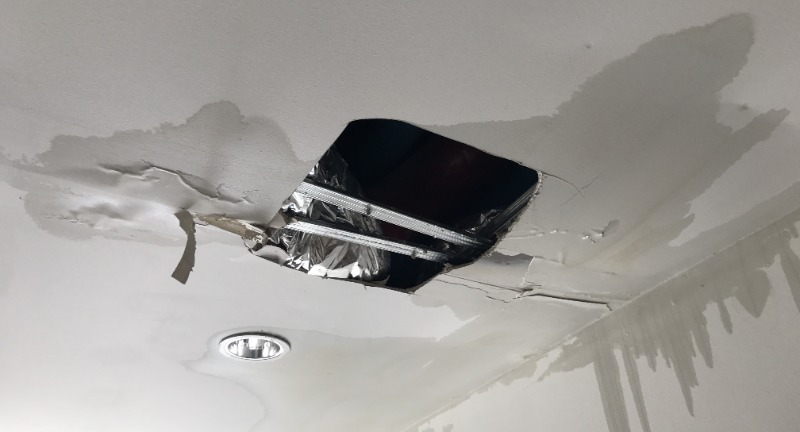
Shutterstock
Water damage can escalate quickly, turning minor issues into major problems if left unaddressed. By staying vigilant and recognizing the warning signs early, you can protect your home and avoid costly repairs. Remember, prompt action is key, address leaks, moisture, and other red flags immediately to prevent long-term damage. Your home is one of your most valuable investments, and taking proactive steps now will ensure it stays safe, dry, and secure for years to come.
More From Local News X
-


20 Subtle Signs You’re in the Hot Seat at Work
-


20 Reasons Retirees Are Disappointed When They Reach High Net…
-


Sick and Tired: The 17 Reasons Americans Are Fed Up…
-


Workers Detained After Bulldozing Through Great Wall Of China
-


20 Baby Boomer Values That Have Been Rejected Today
-


Victory Brinker Sings at Advocacy for the Arts Press Conference…
-


20 Clear Signs Someone Has Deeply Serious Anger Issues
-


19 Things Americans Own That Prove They’re Wealthier Than They…
-


23 Identifiers That You’re Working Too Much
-


20 Things The Middle Class Won’t Be Able To Afford…
-


Large Boats Catches on Fire in English Harbor
-


Scene Videos from Robb Elementary School Shooting in Uvalde, Texas
